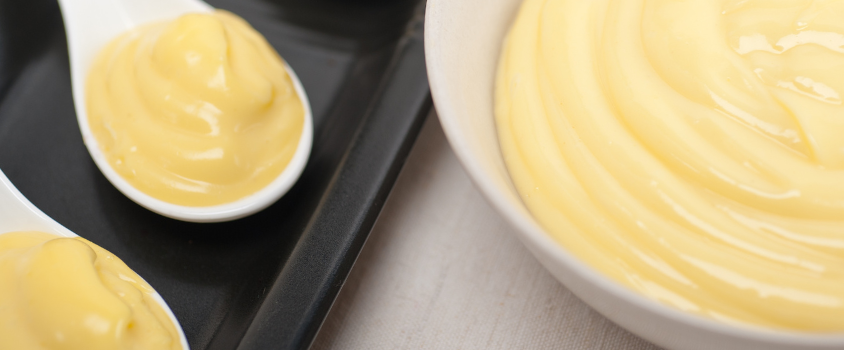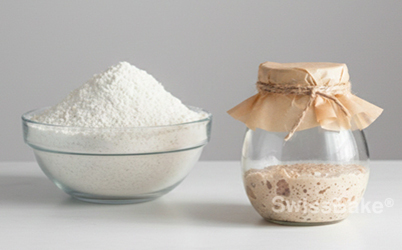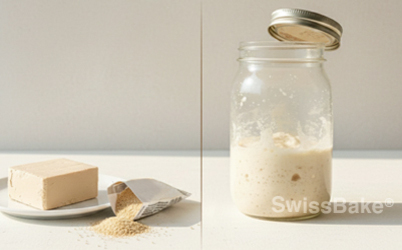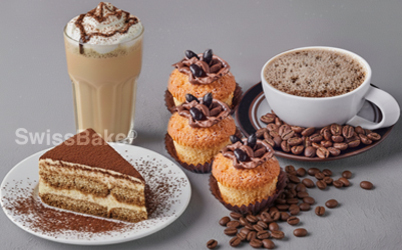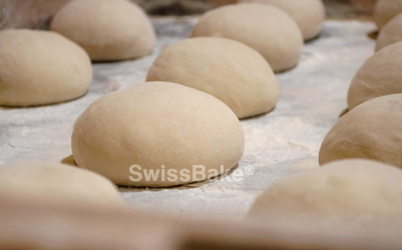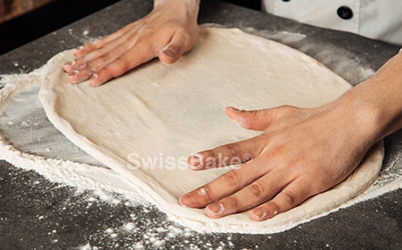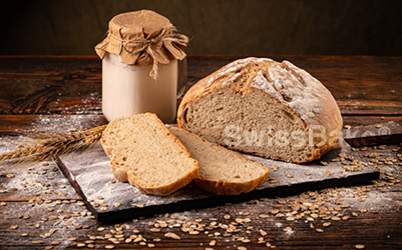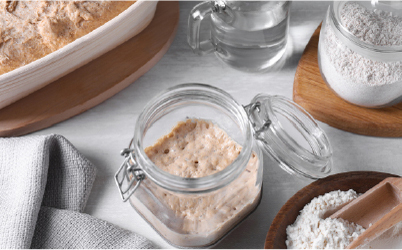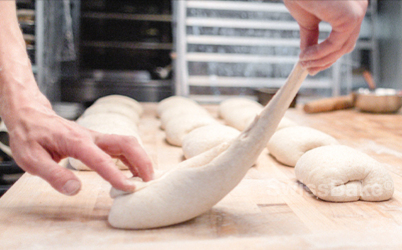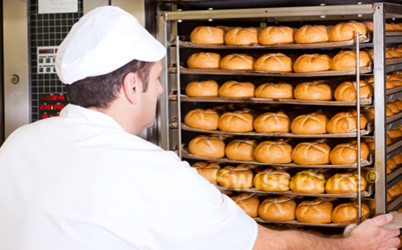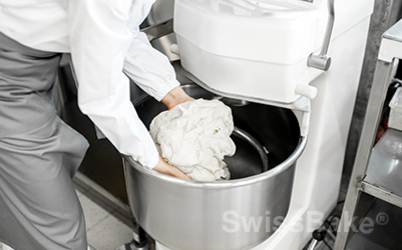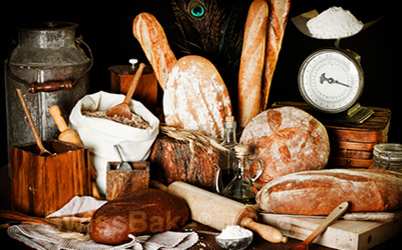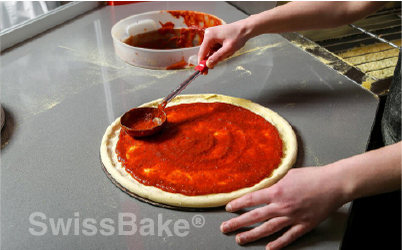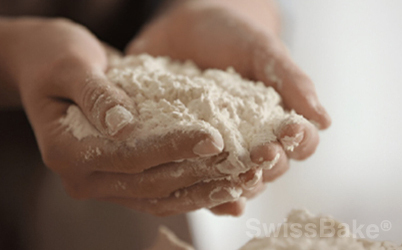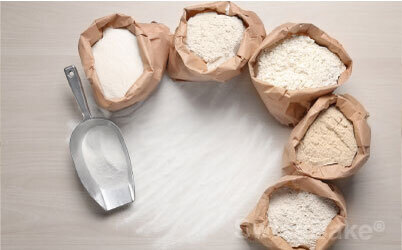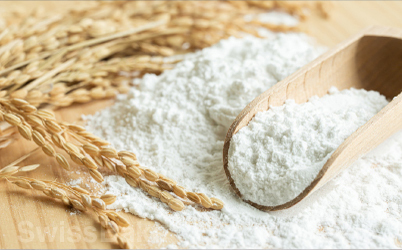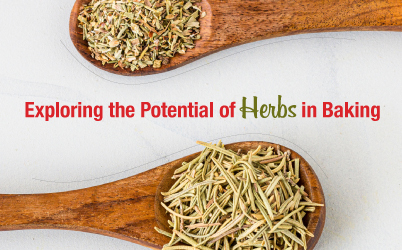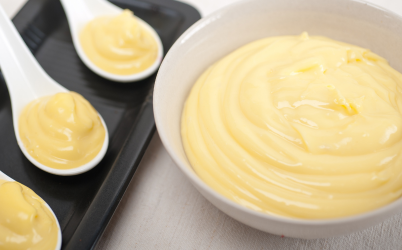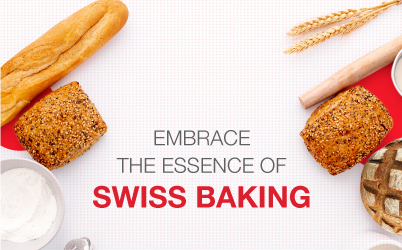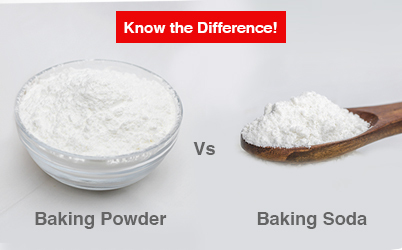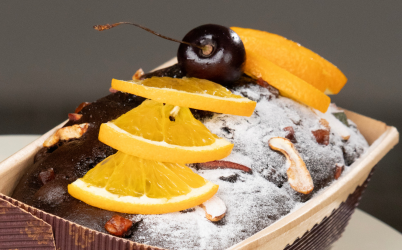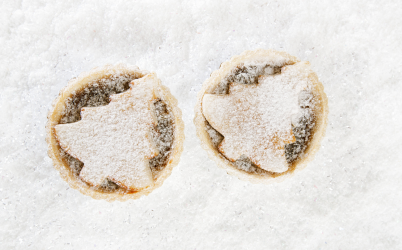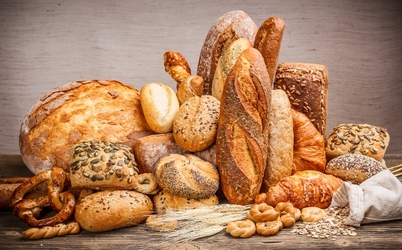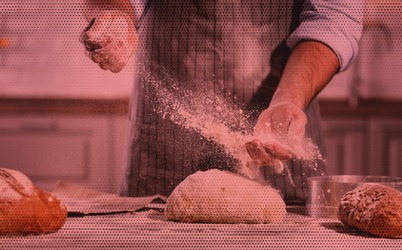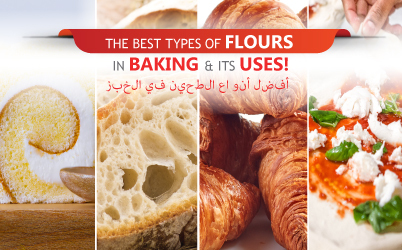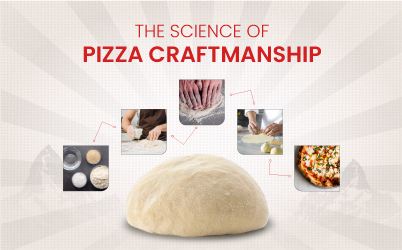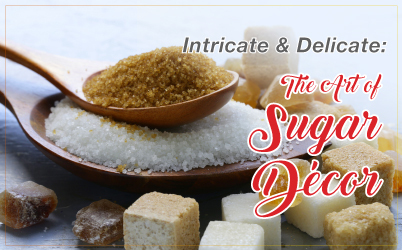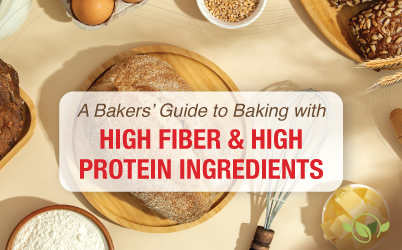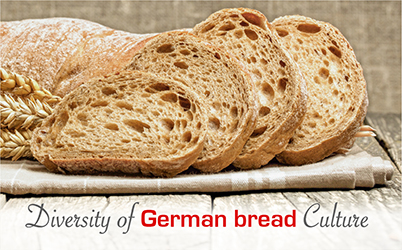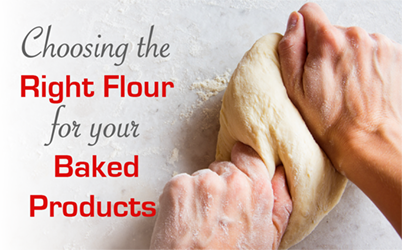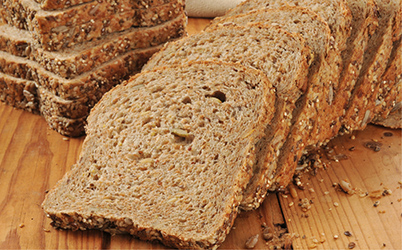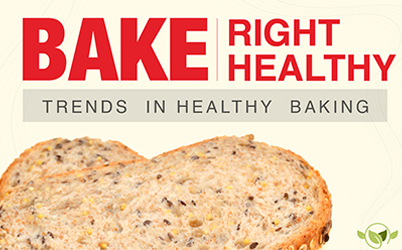The Science of Custard Powder and Creams
The Science Behind Custard Powders and Creams: Balancing Starch, Egg & Dairy
Custards and creams are staples in the world of baking and dessert-making. From silky crème brûlée to rich pastry cream, these delicacies rely on a delicate balance of ingredients—starch, egg, and dairy—to achieve their signature textures and flavours.
Understanding the science behind custards and creams is crucial for professional bakers, pastry chefs, and culinary enthusiasts who strive to perfect these classic desserts. In this article, we gain insights into the key components that make custards and creams so special and explore how each ingredient plays a vital role in creating these beloved treats.
Common Types of Custards and Creams
Instant Custard Powders: premium custard powders are commercial mixes that allow quick preparation of custard by adding hot water or milk; they serve as a convenient alternative to traditional egg-based custards, offering consistency and ease of use. They typically contain cornstarch, flavouring, and colouring, which thicken when mixed with milk or water. They are popular for convenience in large-scale food service or professional baking.
- Crème Anglaise aka English Cream: A pourable custard sauce often used as a base for ice cream or served alongside desserts. Made with egg yolks, sugar, and milk or cream, it’s cooked gently until thickened.
- Pastry Cream (Crème Pâtisserie): A thicker custard made with milk, eggs, sugar, and starch. It’s commonly used as a filling for éclairs, tarts, and pastries.
- Crème Diplomat: Diplomat cream is a hybrid of pastry cream and whipped cream, often with the addition of gelatine to give it extra stability. This cream is used in a variety of desserts, including as a filling for cakes, pastries, and éclairs.
- Crème Brûlée: A rich custard topped with a layer of caramelized sugar. It’s made with cream, egg yolks, sugar, and vanilla, and is baked in a water bath for a silky texture.
- Crème Chantilly: Chantilly cream is simply sweetened whipped cream, often flavoured with vanilla. It is a staple in many desserts and is used to top cakes, pies, hot beverages, and more.
- Pudding: Similar to pastry cream but often thicker and made with more starch. It’s a popular dessert that can be flavoured in various ways.
- Crème Bavaroise: Bavarian cream is a delicate custard-based dessert that is lightened with whipped cream and set with gelatine. It is often chilled before being served. Bavarian cream can be flavoured with vanilla, fruit purees, or even chocolate.
The Role of Starch in Custard and Creams
Starch is a crucial thickening agent in custards and creams, contributing to the final texture and stability of the product. When heated, starch granules absorb water and swell, creating a gel-like structure that thickens the mixture.
Gelatinization Process: When starch is heated in the presence of liquid, it undergoes gelatinization, where the starch granules absorb water and swell, thickening the mixture. This process usually occurs between 140°F and 190°F (60°C and 88°C). The result is a smooth, thickened cream that holds its shape well when cooled.
Balancing Starch and Eggs: The combination of starch and eggs allows for a custard that is both rich and stable. Starch helps prevent the eggs from curdling by acting as a buffer, making it easier to achieve a smooth texture. However, too much starch can lead to a gummy or overly thick custard, so the right balance is key.
The Role of Eggs in Custard & Creams
Eggs are a fundamental ingredient in custards and creams, providing structure, richness & flavour. The proteins in eggs, particularly in the egg yolks, coagulate when heated, thickening the mixture and giving custards their smooth, velvety texture. This process is known as coagulation, where the proteins unfold and bond together, transforming the liquid into a gel-like consistency.
- Egg Yolk vs. Egg White: Egg yolks are rich in fat and emulsifiers, which contribute to the creamy texture and richness of custards. Egg whites, on the other hand, are primarily composed of proteins and water, and while they can be used in some custards (like meringue toppings), they do not provide the same level of richness as yolks.
- Temperature Control: The coagulation process of eggs begins at around 140°F (60°C) and continues until about 180°F (82°C). Proper temperature control is crucial to avoid curdling, where the eggs cook too quickly and separate from the liquid, resulting in a grainy texture. A double boiler or low heat is often used to ensure gentle heating.
Dairy’s Contribution to Custards and Creams
Dairy products, such as milk, cream, and butter, play a critical role in the flavor, texture, and overall mouthfeel of custards and creams. The fat content in dairy adds richness and creaminess, while the water content provides moisture necessary for the cooking process.
- Milk vs. Cream: The choice between milk and cream depends on the desired richness and texture. Milk provides a lighter, more delicate custard, while cream yields a richer, more decadent result. Often, a combination of milk and cream is used to strike the perfect balance.
- Butter’s Role: Butter is sometimes added to custards and creams, particularly in pastry cream, to enhance flavour and provide a glossy finish. It also contributes to the creamy texture and smooth mouthfeel of the final product.
Custard Powders: A Convenient Alternative
Custard powders offer a convenient alternative to traditional custard-making, especially in commercial and high-volume settings. These powders typically consist of cornstarch, sugar, flavourings and stabilizers. When mixed with milk or water and heated, custard powder thickens into a smooth, creamy consistency, similar to that of traditional egg-based custards. The starch component in custard powders acts as the primary thickening agent, eliminating the need for precise temperature control and reducing the risk of curdling, making it an ideal solution for pastry chefs, bakery businesses and high-volume production in professional kitchens.
Benefits of Using Professional Baking Mixes & Custard Powders
For professional bakers and pastry chefs, consistency and efficiency are key. This is where professional baking mixes come into play. These mixes are formulated to deliver consistent results every time, ensuring that the final product meets the high standards expected in professional kitchens.
- Consistency: Professional baking mixes are designed to provide consistent quality, batch after batch. This is particularly important in a commercial setting where customers expect the same product every time.
- Time-Saving: Using a mix can save time on measuring and mixing ingredients, allowing bakers to focus on other aspects of production or creative decoration.
- Ease of Use: Professional mixes often come with clear instructions, making it easier to achieve the desired result without extensive trial and error.
Professional Uses of Custards and Creams in Baking
Custards and creams are incredibly versatile and serve as the backbone for many professional baking applications. Here’s how they’re used across the industry:
- Pastry Fillings: Whether it’s pastry cream in an éclair or crème pâtissière in a fruit tart, custards and creams provide richness, structure, and moisture.
- Cake Layers: Custards like Bavarian cream or diplomat cream are often used between cake layers to add depth of flavor and creamy textures.
- Tart and Pie Fillings: Custards like crème caramel and lemon curd are ideal for filling pies and tarts, creating balance between sweetness, tartness, and richness.
- Standalone Desserts: From crème brûlée to panna cotta, custards are frequently served as elegant, individual desserts in fine dining establishments.
SwissBake® Premium Custard Powder Mixes and Dessert Mixes
Custards and creams are essential components in professional baking, offering a wide range of textures and flavors that can elevate any dessert. From the classic baked custards to innovative powdered custards and versatile creams, mastering these elements is key to achieving success in the pastry kitchen.
SwissBake® offers a range of professional baking mixes and premium custard powders that cater to the needs of bakers and pastry chefs, ensuring consistent results and high-quality products. Whether you're making a delicate crème brûlée, classic crème caramel custard or a rich pastry cream, SwissBake® has the solutions to help you create exceptional desserts with ease.

